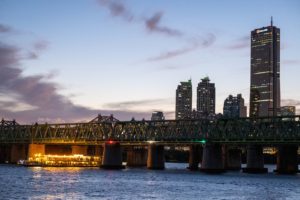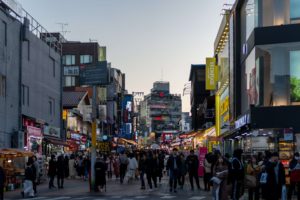Seoul
Currency
South Korean Won
Language
Korean/English
Best Time To VISIT
March - November
Getting around
Walk/Subway/Bike
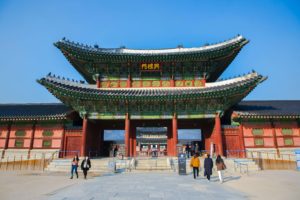
1. Gyeongbokgung Palace
Gyeongbokgung Palace, built in 1395, is also known as the Northern Palace. Of the five palaces, Gyeongbokgung Palace is unquestionably the most stunning and is still the biggest Palace.
- Sightseeing
- Architecture
- Walk
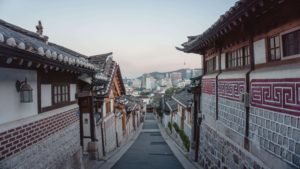
2. Bukchon Hanok Village
Numerous traditional houses are in the Bukchon. Many of them serve as Cultural Centres, Guesthouses, Restaurants and Tea Houses. Giving Tourists a chance to immerse themselves in the local way of life.
- Sightseeing
- Architecture
- Walk

3. N Seoul Tower
The first multifunctional Tower built in Korea. Efficiently combined a broadcasting Tower and a viewing Observatory. Namsan Tower has served as an iconic Landmark for the past 40 years.
- Sightseeing
- Viewpoint
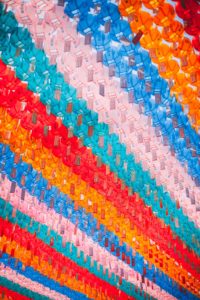
5. Jogyesa Buddhist Temple
One of the most significant Buddhist Temples and a representation of Korean Buddhism is Jogyesa Temple. It is close to Insa-dong in the center of the City.
- Sightseeing
- Architecture
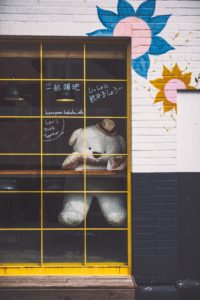
6. Ihwa Mural Village
The poor Neighborhood was transformed into a Tourist Attraction in 2006 thanks to metal sculptures, vibrant mural Paintings and mosaics created by local artists on the walls and stairwells.
- Sightseeing
- Walk
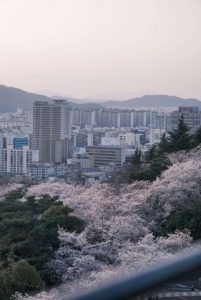
7. Naksan Park
Set high above the Naksan Park offers breathtaking view. Nakta Park is another name. Since “nakta” is the Korean word for camel, the Park’s name alludes to its hump like look.
- Sightseeing
- Viewpoint
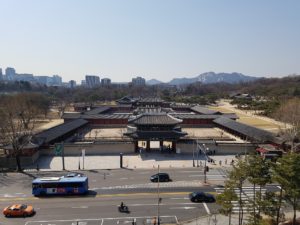
9. Changdeokgung Palace
East of Gyeongbokgung lies a royal house called Changdeokgung Palace. The Palace, which was first utilized as a subsidiary palace, is the second oldest in Seoul after Gyeongbokgung.
- Sightseeing
- Architecture
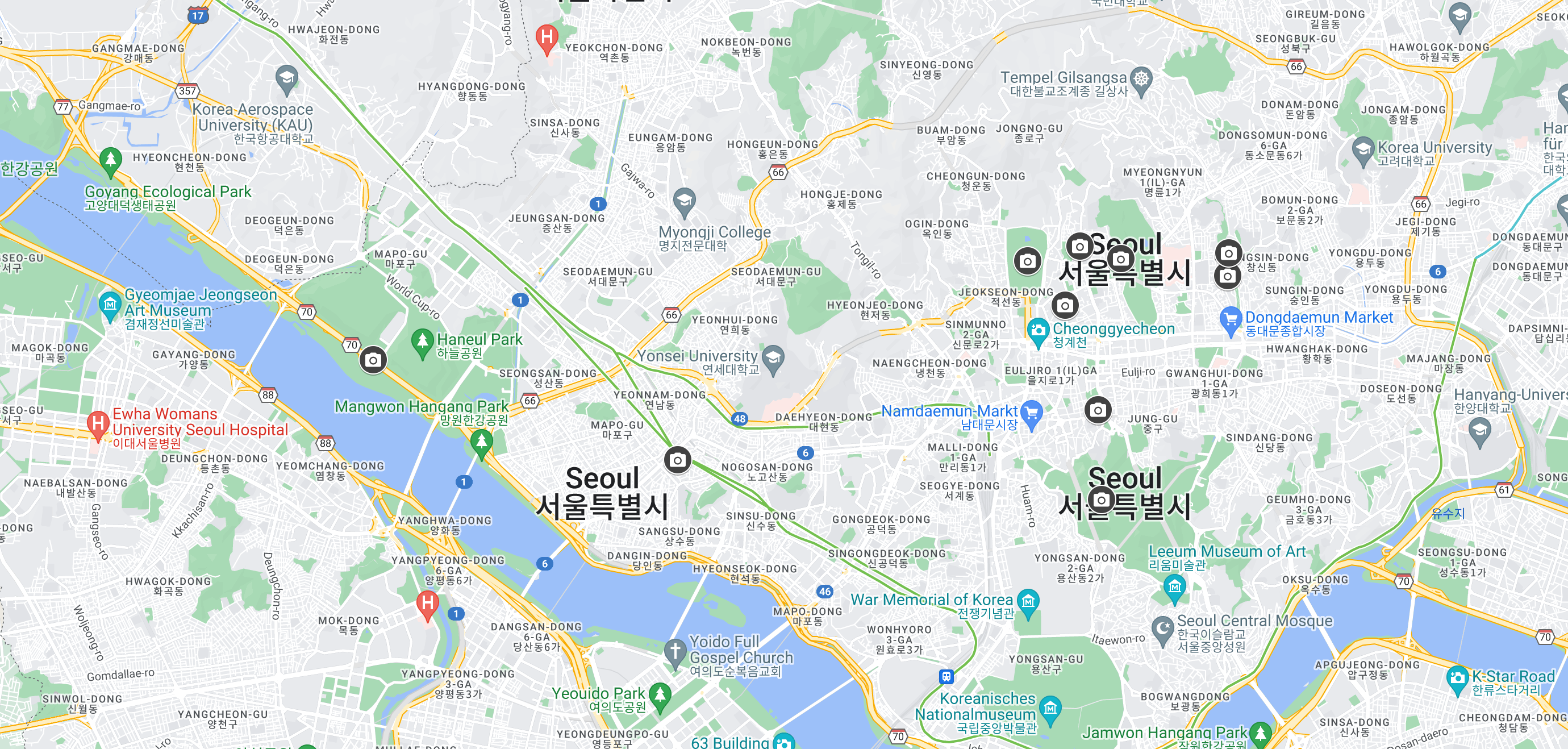
10. Top Attractions in South Korea
Seoul
- Gyeongbokgung Palace
- Bukchon Hanok Village
- N Seoul Tower
- Han River
- Jogyesa Buddhist Temple
- Ihwa Mural Village
- Naksan Park
- Hongdae Nightlife
- Changdeokgung Palace
- Eat and try Kimchi

